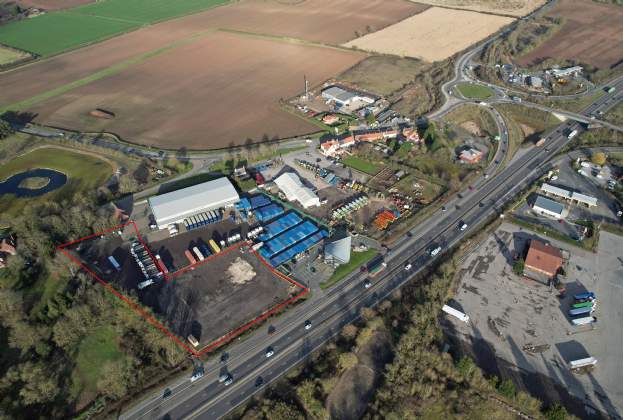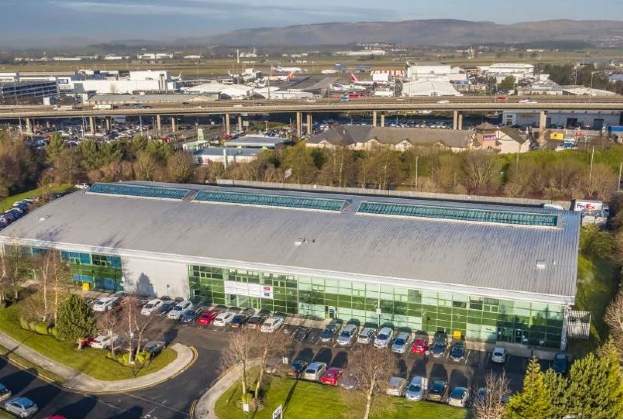Seemingly immune to the destabilising influence of Brexit negotiations, property demand from businesses and residents in Manchester has grown steadily and looks set to continue. That said, commercial and residential property supply must diversify and bring forward more space across all use classes if the city is to meet growing demand and remain competitive.
For logistics occupiers in Greater Manchester, this means they need to get more creative in their hunt for small-scale distribution locations. Small, edge-of-town industrial units are becoming more attractive to both occupiers and investors, but the new light industrial-to-residential permitted development rights that came into effect last October will squeeze supply. While these only apply to buildings of less than 5,380 sq ft, EGi research shows that Manchester has a cluster of suitably sized schemes to the east and north of the city centre, so supply could become particularly constrained there.
With that in mind, we expect to see retailers and distributors becoming more adventurous in their choice of space, for example office basements, under-utilised car parks and off-pitch or unwanted retail units.
When it comes to online shopping, the consumer obsession with speed means next day delivery is already so last year. The trend now is for shoppers to demand ever shorter delivery times, with some companies offering one-hour delivery to the customer’s door.
While parcel delivery by drones or autonomous vehicles is still some years away, the desire for instant gratification will keep driving demand for urban logistics space in and around Manchester. Trafford Park is a prime example of this type of location, close to the city centre, motorway junctions and to the suburbs
Whether we really need our internet shopping orders quite so immediately is debatable, but for many retailers the speed of their delivery and ease of returns is seen as the new battleground and this is already affecting logistics requirements.
Small multi-let industrial estates on the edges of major conurbations or residential areas are becoming increasingly institutional in both their occupier and investor profile, and yields on some estates in London have hardened below 3 per cent in some instances.
We are yet to see the same influence of last mile locations in the North West, but this is likely to accelerate over the coming months and the values of well-located estates could benefit as a result.
Further information
Read more: Manchester: Where are the gaps?
.png)


.jpg)
.jpg)

.jpg)

.jpg)

.jpg)